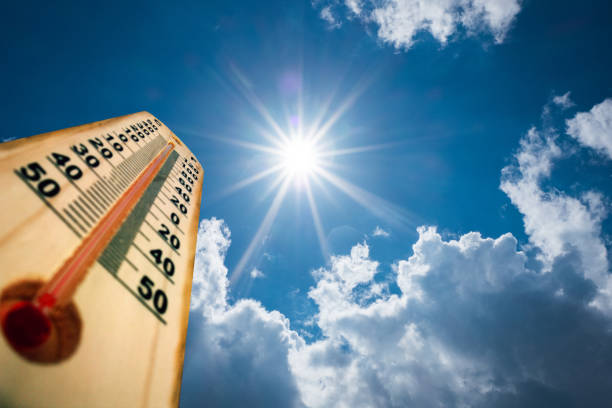Understanding temperature conversions is a crucial aspect of daily life, especially when dealing with different units of measurement. In this comprehensive exploration, we unravel the mystery behind the conversion from 37.1C to F. Join us as we delve into the details of this seemingly straightforward yet often perplexing transformation.
The Basics: Grasping Celsius and Fahrenheit
Celsius Unveiled: 37.1°C at a Glance
To comprehend the significance of 37.1°C, let’s first explore the Celsius scale. Named after the Swedish astronomer Anders Celsius, this metric is widely used in scientific and everyday contexts. A temperature of 37.1°C is often associated with normal body temperature, but its equivalence in Fahrenheit adds an additional layer to this seemingly mundane number.
The Conversion Dance: 37.1°C to Fahrenheit
The Calculation Breakdown: Navigating the Formula
Converting Celsius to Fahrenheit involves more than a mere mathematical equation. The formula, F = (C × 9/5) + 32, is the key to unlocking the mystery. Applying this formula to 37.1°C, we embark on a journey into the realm of Fahrenheit, where each degree carries its own unique significance.
Unveiling the Result: 37.1°C in Fahrenheit Terms
Breaking the Code: The Reveal
The moment of revelation arrives as we unveil the converted temperature. At 98.78°F, 37.1°C takes on a new identity in the Fahrenheit scale. This transformation opens a window into the nuances of temperature, showcasing the interconnectedness of these two measuring systems.
The Human Connection: Body Temperature and 37.1°C
Beyond the Numbers: Implications for Health
As we associate 37.1°C with normal body temperature, a deeper connection emerges. Understanding the Fahrenheit equivalent sheds light on the subtleties of health monitoring. The familiarity of 98.78°F offers a tangible reference point for individuals and healthcare professionals alike.
Practical Applications: 37.1°C in Everyday Life
Thermometers and Beyond: Real-World Scenarios
In the realm of practicality, 37.1 C to F extends beyond theoretical conversions. Thermometers, weather forecasts, and culinary pursuits all benefit from a seamless transition between Celsius and Fahrenheit. This adaptability underscores the importance of comprehending temperature in its various forms.
The Historical Perspective: Celsius and Fahrenheit Through Time
Origins and Evolution: Tracing the Thermometric Journey
A journey through the history of temperature measurement reveals the origins and evolution of Celsius and Fahrenheit. From pioneering astronomers to the adoption of standardized scales, the story of these metrics mirrors the progress of science and human understanding.
Common Misconceptions: Debunking Temperature Myths
Mythbusting: Separating Fact from Fiction
In the quest for knowledge, misconceptions often arise. Addressing common myths surrounding temperature conversions, we debunk inaccuracies and provide clarity. By demystifying the complexities, we empower individuals to navigate temperature-related information confidently.
Conclusion: Navigating the Thermometric Landscape
In conclusion, the exploration of 37.1°C to Fahrenheit goes beyond a numerical conversion. It unveils the interconnectedness of measuring systems, the relevance to human health, and the practical applications in our daily lives. As we navigate the thermometric landscape, understanding the nuances of temperature ensures a well-informed and empowered approach to the world of measurements.
Embark on this journey with newfound knowledge, and let the conversion from 37.1°C to Fahrenheit be a testament to the intricacies that lie beneath the surface of seemingly simple numbers.



